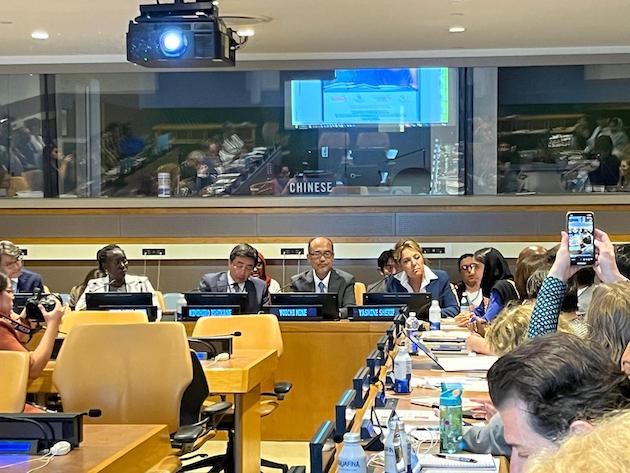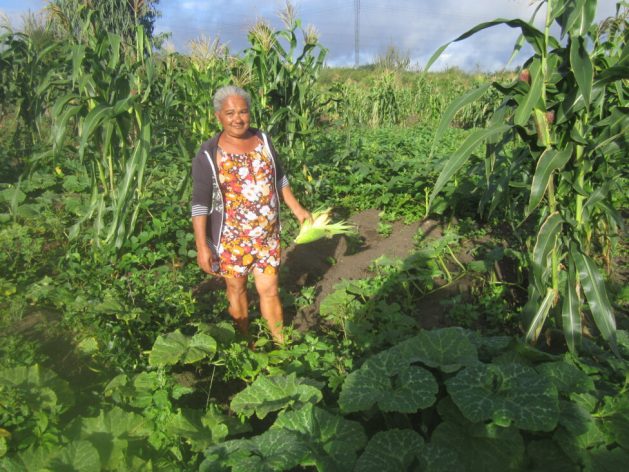The Path to 2024’s Election Is Engulfed With Novel Threats
CIPHER BRIEF REPORTING — The former head of the U.S. Cybersecurity and Infrastructure Security Agency (CISA) could scarcely be more clear in his evaluations of America’s upcoming 2024 elections: They are not only awash with threats, said Chris Krebs during a recent Cyber Initiatives Group Summit, but they are also likely to wield…









